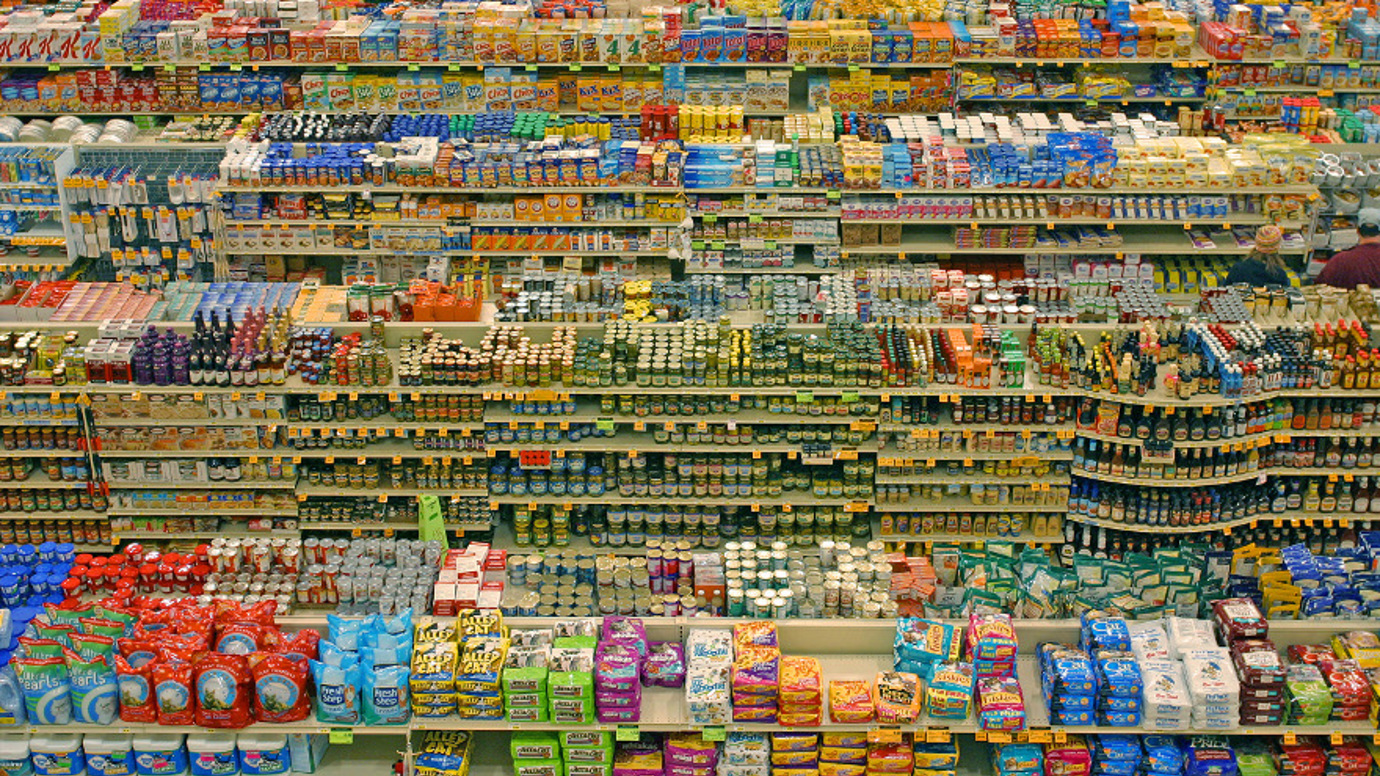Activation
How activation stretches budgets and brand equity
Activation in retail is concerned with the crucial last yards of the customer journey, the point where the consumer assumes a hunter-gatherer mind-set and becomes the shopper. But how do brands tackle the unique obstacles they face in retail; break in to this furiously competitive environment, win and hold ground against competitors with existing retailer relationships and global marketing budgets? Our Director of Activation Fiona Beauchamp explains.
A gin tragedy
If a person sitting on a balcony sipping a gin and tonic is a consumer, eventually, when the tonic runs out and they venture out to buy more, they become a shopper. Simple difference, but linking these two states and understanding what motivates the shopper, how they feel at the point of purchase, is a fundamental part of activation.
Media can do a great job of driving consumer awareness and getting people into the store, but a brand may then lose a sale because a shopper picks up a rival or own-label product; in this case, in-store has failed to connect the emotional consumer journey with the shopper experience.
For a brand manager there is no bigger tragedy; but as activation specialists, our job is to identify where and how the shopper is falling out of the process. If brand awareness activity seems to be working but there’s a drop-out in-store, the most logical place to begin working is on-pack.
Stretching equity
Grant’s multi-award-winning campaign started from a similar position. As Scotland’s oldest family owned Whisky, the brand carries significant equity in its long heritage. It enjoys strong consumer awareness, but saw sales sliding against multi-national competitors that commanded bigger marketing budgets.
We compiled an elegantly designed on-pack offer that complemented the premium look and feel of the traditional Grant’s branded bottle. The offer featured a monetary benefit of £10, but crucially also incorporated a brand partnership deal with findmypast.com, a family history research service. Partnerships like this can be difficult to set up, but they allow both parties to borrow equity from each other. In this case it was a perfect match.
The activity was disruptive primarily because the on-pack offered something for free, this product will cost me X, but I’m getting Y for free so the actual cost to me is Z.
However, the £10 redemption offered the customer a chance to research their family history. Because the nature of the offer stretched the brand’s equity, its own impressive heritage, all the way from the awareness-driving press and outdoor activity, to the purchase decision, the activity was able to create an additional and crucial emotional connection between the shopper experience and the consumer journey.
The power of the pack
The single-minded nature of the on-pack offer and the brand partnership was the basis for the creative platform of the entire campaign.
Interestingly, an on-pack is different to other promotional activity in its ability to create buzz within a business. Preparing 800,000 units with an exclusive special-offer message is an unusual physical manifestation of marketing that’s evident at all team levels. In a smaller business the effect can be profound. I’ve witnessed it as a brilliant, unexpected side effect; morale supercharged because everyone felt actively part of a tangible marketing campaign.
The pack is the most reliable, cost-effective piece of communications real estate you have in the cluttered retail environment. As the only area you can ensure you have total control, it’s vital that your pack is working as hard as it can to encourage purchase.
Courting buyers
Securing additional fixtures in-store introduces a level of unpredictability in this sense. With space at a premium in the retail environment, there are always costs and compromises involved in getting off-shelf fixtures and stand-out positioning.
To win the all-important retailer buy-in, a challenger brand has to be mindful of retailer objectives and ensure that, whatever the campaign, we’re able to make a significant nod towards the activity’s scale and ability to drive excitement into its category.
Winning buy-in from retailers can sometimes hinge on doing something unexpected, a strategic outdoor campaign or a creative experiential initiative, but crucially, aimed at increasing awareness for your brand among this select retailer audience. Maybe, for instance, you focus some activity on educating their in-store staff about your category, teaching them how to more effectively sell your product. The buyer often holds the power of life or death over a challenger brand, so it pays to give them due precedence in your thinking.
The retail environment can seem like a dangerous, unforgiving place. But by using the tools you have access to as effectively as you can, it’s certainly possible to play to your strengths, carry brand equity all the way through to the purchase decision, jump in and start competing with the big boys.
Fiona Beauchamp is Director of Activation at Bray Leino. Get in touch to explore how her team's promotional expertise could benefit your brand - fbeauchamp@brayleino.co.uk
Our Chief Strategic Officer Lisa Killbourn wrote a feature in FMCG News Magazine last year exploring retail brand launches in greater detail. Read it here: The strategic tools behind an FMCG launch
